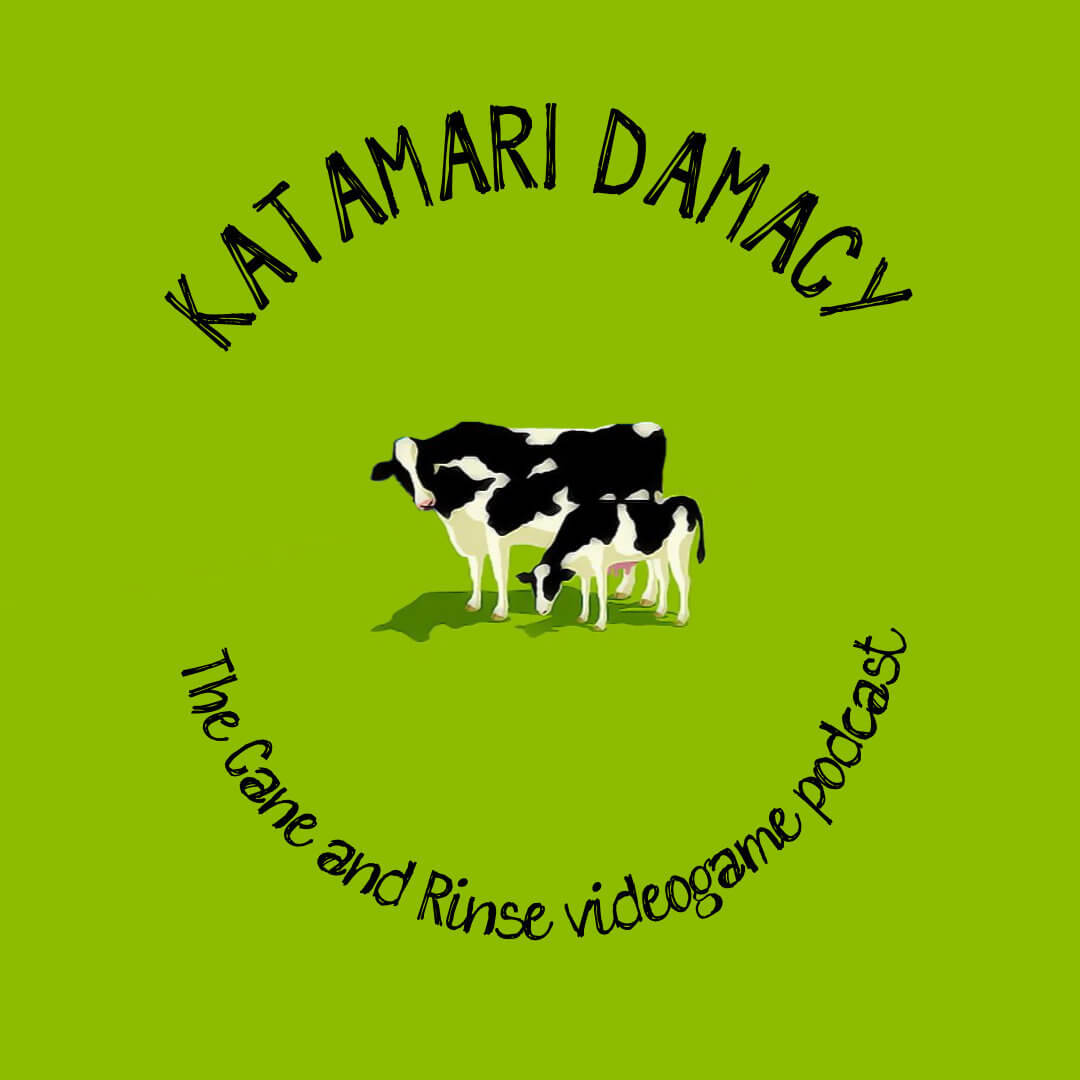In your living room, everyone can hear you scream. Brian Tarran reviews The Creative Assembly’s spiritual sequel to the classic space-based survival horror movie, Alien: Isolation
The first time it appeared, I ran as fast as I could. That didn’t end well.
The second time, I hid in a locker… for 10 minutes… with occasional ‘brave’ forays to the underside of a desk just three steps away. Eventually plucking up the courage to leave the tiny office room I’d made my home, I ventured all of 10 meters before being impaled on the spiky end of a Xenomorph tail.
I’ll say it early on, Alien: Isolation is terrifying, heart-pounding and gut-wrenching. It’s not entertainment per se; it’s a nightmare – but an exhilarating one.
If there’s ever another game that so perfectly captures the experience of being locked in a spaceship with a murderous lifeform, I’m not sure I’d want to play it. I don’t think my nerves could take it.
For the first eight-10 hours, the game is a note perfect recreation of the Alien cinematic experience. Awakening from cryo-sleep to the gentle thrum of technology, Amanda Ripley – daughter of series heroine, Sigourney Weaver’s Ellen – makes her way through the quiet interior of a spacecraft; a spacecraft that is travelling to the outer edges of space to rendezvous with a commercial station, Sevastopol, where the flight recorder from her mother’s vessel, the Nostromo, has been recovered.

Everything about the locations screams ‘authenticity’: from the clinical whiteness of the rooms, doors and hallways, the soft glow of the lights, and the blinking and clacking of onboard equipment – which remains a vision of future tech as imagined by Ridley Scott, Ron Cobb and Derek Vanlint in the late 1970s, rather than the modern interpretations seen in the lacklustre Alien prequel, Prometheus.
Developer The Creative Assembly’s commitment to the original movie extends to the VHS-quality opening titles – the 20th Century Fox logo in particular, which warps and hisses with static in the way my cousin’s copy of the film used to.
All of this serves as a callback to the feelings you first experienced while watching Alien. Nervousness and apprehension come flooding back as you take your first laboured steps aboard the Sevastopol. The atmosphere weighed so heavy I could barely muster more than a crawl around the deserted interiors, fearful of what lay in wait.

You see, not everything is well aboard this station. Communications are down, and the vessel shows signs of structural damage.
The cause of the calamity is not yet known by the player character, but you – the player – know what’s up. In lesser games this sort of knowledge gap between gamer and avatar might grate, but in Alien: Isolation the awareness of what’s to come imbues events with a sense of dread, and an expectation that around the next corner, or maybe the one after, a Xenomorph is ready to pounce.
In a masterclass of tension-building aping that of the movie, the developers hold the xenomorph’s appearance back as long as possible. Other surprises and enemies are introduced while you wait – including human survivors and sinister-looking androids – but the reveal you’re expecting takes its time coming, and when it does, it is horrifying and deadly: everything you hoped (and feared) it would be.
The game teaches you to respect the alien early on by letting it kill you… frequently and brutally. Fighting is not an option; you can run away but, even then, noise and movement will attract unwanted attention.
So you wait. Like the proverbial rabbit frozen in the headlights, the alien has the power to paralyse simply by being present.
Even when you can’t see it, you can hear it – or, at least, you think you can – thanks to superb sound sound design: from the hiss of doors opening to the creaking and groaning of Sevastopol, and the thud, thud, whomp as the creature roams the halls and air ducts above you.
Over time, you learn to distinguish sounds. You begin to appreciate the difference between overhead footsteps and those on the player’s level, giving you time to move, hide or complete objectives.
The tasks themselves are simple and straightforward – perhaps too straightforward for some tastes. Yet in Alien: Isolation achievement comes not from completing objectives but surviving long enough to simply reach them.

Early on, it’s easy to dismiss the game as unfair. Being killed over and over isn’t fun but, on normal difficulty at least, you’re given the tools needed to increase your chances of success. You eventually learn to use distraction techniques to your advantage – causing commotion in one area to clear out the next.
However even as you become more confident, the balance of power never shifts. Even with bombs, flashbangs and flares at your disposal, you’re constantly aware that if the alien sees you, you’re dead.
Only later in the campaign, when you’re given a flamethrower, are you afforded the chance to survive an encounter. You can’t kill the beast, but you’ll be able to buy yourself time to escape.
At this point onwards, the game loses some of its tension – though slow, careful progress is still the surest route to survival.
The game mostly gets easier as you go, and only once or twice towards the end of the game do the designers become truly vindictive.
One scene in particular demands a laughable amount of forced backtracking, and another throws one-hit-kills at you like they’re going out of fashion (though frequent save stations and regular checkpoints mitigate some of the frustration), which sadly they appear not to be.
That said, the game captivates to the last. While some might take against the repetitive run-hide-survive rhythm of play and the frequent early deaths, the game is, overall, a thrillingly unique experience.
You might never want to play Alien: Isolation again once you’re finished, but surviving Sevastopol won’t be forgotten.













